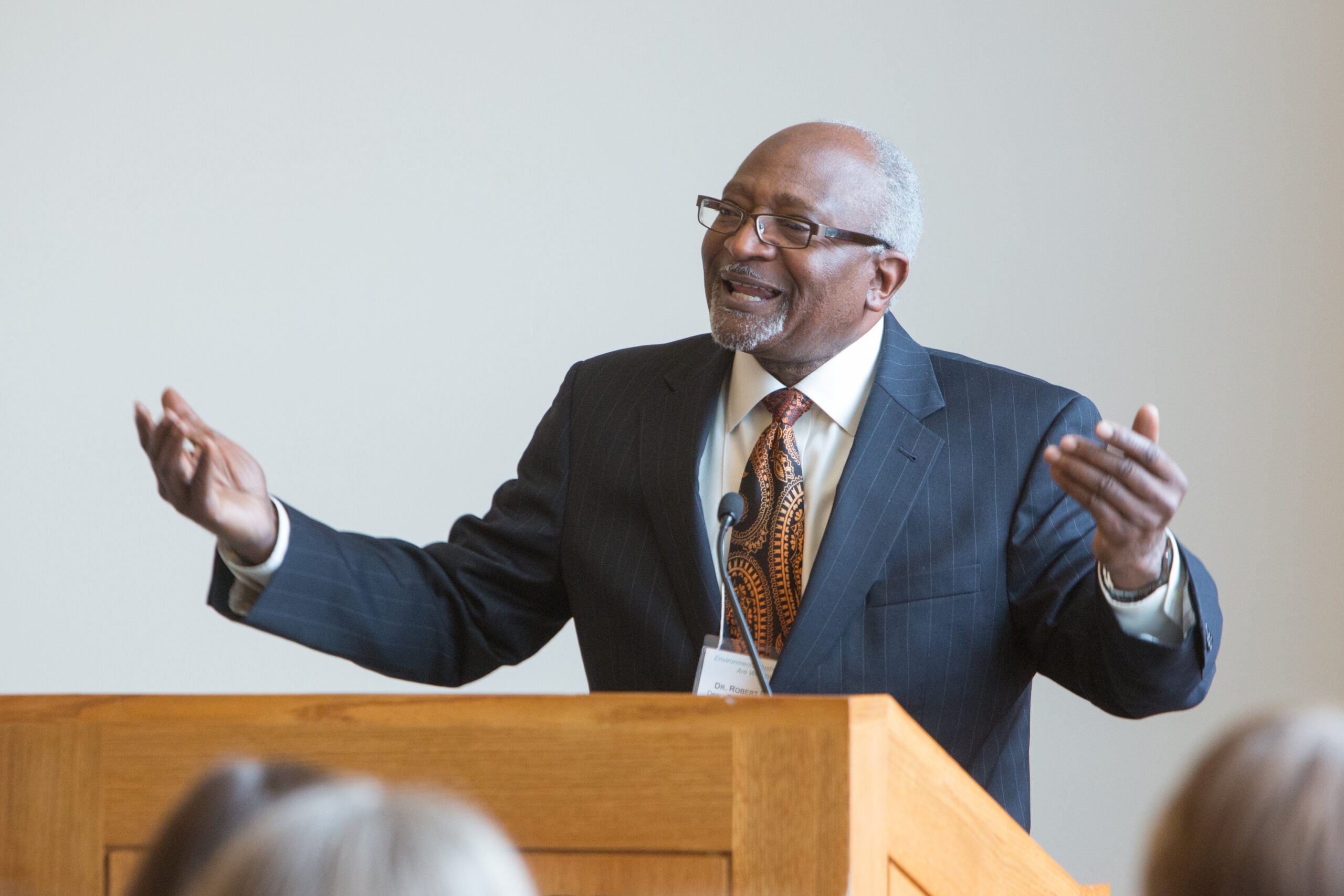For decades, grass-roots activists and their allies have worked to end environmental disparities between communities. This “environmental justice” movement, which grew out of the civil rights movement, questioned why low-income communities and communities of color host more polluting industries, suffer higher rates of asthma and cancer, and enjoy fewer environmental amenities like parks and access to fresh produce. Twenty years ago, the government began to respond.

In 1994, President Clinton issued Executive Order 12898, which made environmental justice a national priority and gave activists hope that politically underrepresented communities overburdened by environmental harms would soon have a voice and a vehicle for bringing about justice. State governments began responding, too. In 1994, only four states addressed environmental justice by law or executive order. Today, all 50 states and the District of Columbia have some form of environmental justice law, executive order, or policy.
But the goal of environmental justice continues to be elusive. For example, too often the heaviest environmental burdens and the highest percentage of low-income and minority residents are concentrated in the same zip codes. The California EPA reports that the 10 percent of zip codes most burdened by pollution contain 32 percent of the state’s toxic cleanup sites. Meanwhile, a recent NAACP report notes that African-Americans spent $41 billion on energy in 2009 but held only 1.1 percent of energy jobs and gained only .01 percent of the revenue from energy sector profits.
In recognition of the 20th anniversary of President Clinton’s Executive Order, the Harvard Environmental Law Society (HELS) hosted the National Association of Environmental Law Societies (NAELS) 26th Annual Conference, on March 28 and 29, 2014, titled “Environmental Justice: Where Are We Now?”
The conference focused on three themes: progress toward the goals of environmental justice, the social justice aspects of today’s national and international environmental movements, and strategies to ensure that environmental justice is a priority in future environmental work.
The two-day conference featured addresses by leaders in the field, including former EPA Administrator Lisa Jackson; Dr. Robert Bullard, known as the “father of environmental justice”; and Professor Gerald Torres, who, as counsel to then U.S. Attorney General Janet Reno, drafted the President’s Executive Order on Environmental Justice.
“The Origins of the EJ Movement:” A keynote address by Dr. Robert Bullard, Dean, Barbara Jordan-Mickey Leland School of Public Affairs at Texas Southern University
The conference featured seven panel discussions, each focused on an important aspect of environmental justice advocacy.
The first panel addressed the question, “What is Environmental Justice?” Panelists included Kalila Barnett, executive director of alternatives for Community & Environment; Sheila Holt-Orsted, environmental justice activist; Hilton Kelley, founder and CEO, Community In-power & Development Association; and Richard Marcantonio, managing attorney, Public Advocates.
The second panel, “Strategies for Achieving Environmental Justice,” was moderated by HLS Professor Richard Lazarus. Panelists included Steve Fischbach, staff attorney, Rhode Island Legal Services/Environmental Justice League; Albert Huang, senior attorney, Natural Resources Defense Council; as well as Brent Newell, legal director of the Center on Race, Poverty & the Environment; and Benjamin Wilson, principal at Beveridge & Diamond.
HLS Professor Jody Freeman, who served in the White House as Counselor for Energy and Climate Change in 2009-2010, introduced Lisa P. Jackson, former EPA Administrator and current vice president for Environmental Initiatives at Apple, who delivered a keynote address.
The EPA was instrumental in helping Harvard’s Environmental Law Society plan and prepare for the conference. In addition, EPA staff and other federal partners facilitated breakout sessions on March 29. These sessions engaged conference attendees—students, academics, and community activists—in a productive discussion about milestones achieved in environmental justice and strategies for improvement.
Adapted from an NAELS blog post.
